Michigan is home to 100s of varieties of beetles. Most of them are harmless, some are invasive, and many can be a nuisance. Beetle larvae – or grubs – are voracious eaters that destroy plants and lawns at the root. Wood burrowing larvae can damage and kill trees.
A beetle is an insect with six legs, a head, an abdomen and a thorax. What distinguishes beetles are two sets of wings – a hard protective outer pair called elytra and a soft inner pair. We cover some of the more popular beetles in Michigan and answer where beetles come from, whether they’re harmful and how to keep them away.
Stag Beetles
Stag beetles in Michigan are easily identified by the large pinchers or mandibles on the male members of the species. Theses mandibles are used in battles over food and mates. Despite their imposing appearance, stag beetles aren’t normally aggressive towards humans.
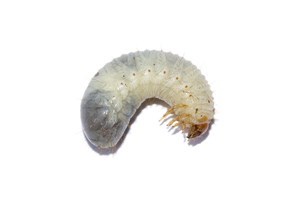
Stags are a black beetle with long shiny bodies. The females are smaller than the males. Stag beetle larvae are smooth white grubs with orange heads and legs. The larvae spend 3-5 years underground before becoming adults. Adult beetles hatch in early summer and usually die by September.
Stag beetles live in forests and wooded areas. Stag beetle larvae feed on dead and decaying wood. Adult stag beetles can’t eat solid food beyond tree sap and soft fruit and rely on built up fat reserves from when they were larvae. These beetles are a vital part of woodland habitats for their role in consuming dead and decaying trees.
Carpet Beetles
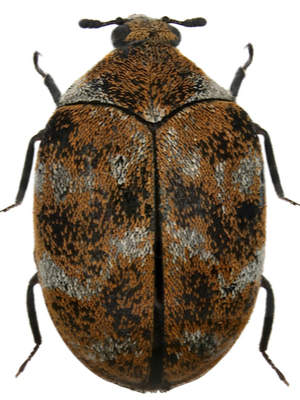
Carpet beetles are small oval shaped beetles with dark brown, orange and black mottling. They are named for their penchant for eating carpet as well as other textiles like wool, leather, felt and feathers. The larvae are the actual destructors; adult carpet beetles only eat flower pollen,
Carpet beetle larvae are small grubs covered in long orange hair. These small worms have a big appetite and leave behind shed skins and fabric holes as they grow.
Carpet beetles are sometimes confused with bed bugs. Both are small and prefer quiet areas like bedrooms, but carpet beetles don’t bite humans. Bed bugs lack wings and are usually a flat tan or brown color without mottling.
The best way to prevent carpet beetles is by vacuuming. Adult beetles will lay eggs in your carpet or in quiet corners. Vacuuming regularly usually catches the tiny eggs that you would never notice otherwise. If you encounter a carpet beetle infestation and see damaged textiles, Griffin Pest Solutions’ highly trained specialists can help.
June Bugs
June bugs encompass a variety of beetles that relate back to the Egyptian scarab. These large beetles in Michigan are popular around decks and patio lights. No one knows for certain why June bugs are so attracted to light.
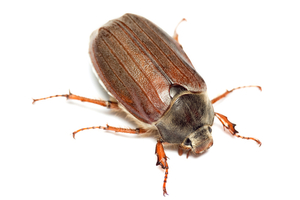
June bugs or June beetles get their name from the time of year they normally appear. Like stag beetles, June bugs spend several years as grubs before they become adults. As the ground thaws after winter, the grubs pupate into their adult form and emerge as the shiny beetles you see around your home.
June bugs are mostly harmless. They aren’t aggressive and don’t bite humans. The main issue is with the larvae. June beetle grubs eat plant roots and grass while underground. If you have a grub infestation, it could cause brown patches in your lawn or garden.
Invasive Beetles in Michigan
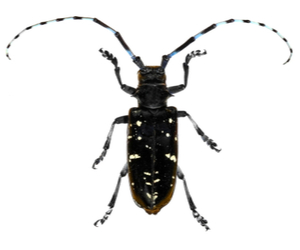
Michigan has two invasive beetle species : the Asian long-horned beetle and the Japanese beetle.
- Asian long-horned beetles are large black beetles with speckled markings and long antennae. Their larvae live in tress and create feeding tunnels. Eventually these tunnels can cause branches to break or even kill the infested tree. The best method for dealing with Asian long horns is, unfortunately, to remove the affected trees.
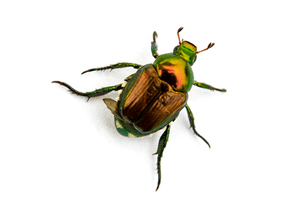
- Japanese Beetles are shiny green metallic beetles with white hairs on their abdomen. These insects feed on flowers, fruits, vegetables, beans and corn. They can strip plants of their leaves and damage crops. The grubs can damage lawn and turf via underground roots. You can use pesticides as well as several natural methods to get rid of Japanese beetles in your garden.
Michigan’s Strangest Beetle
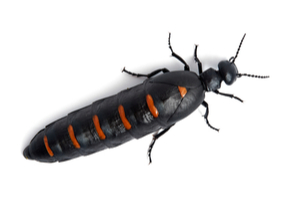
The blister beetle may be the oddest beetle we have in Michigan. While these garden dwellers help by reducing the grasshopper population, they also drip a toxic yellow ooze. This irritant is toxic to humans and will cause skin to blister.
Blister beetles are long and narrow with a slim neck. Their soft bodies range in color from black to gray with yellow or red stripes. If you come in contact with a blister beetle, you may not react right away. Welts typically appear 24-48 hours after contact. They are mostly harmless but can cause a painful burning sensation. To treat beetle blisters, keep the affected areas clean and use a topical steroid if needed.
Keeping Michigan Beetles Under Control
Griffin pest solutions quickly addresses insect infestations of all kinds including beetles. If you are concerned about beetles or grubs around your Michigan home, call or contact us today. We’re happy to help you stay bug-free this summer.

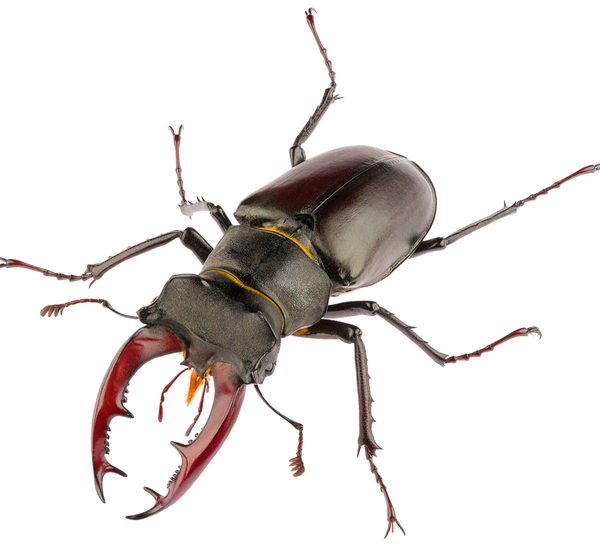
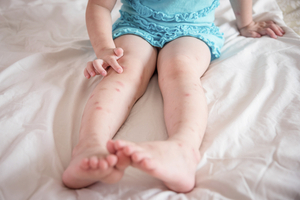
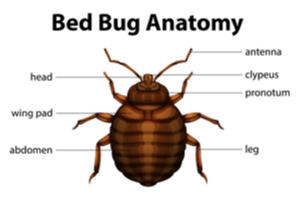
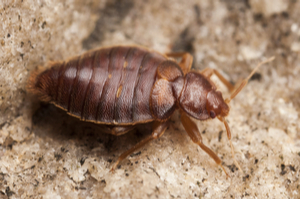
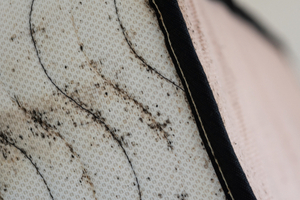
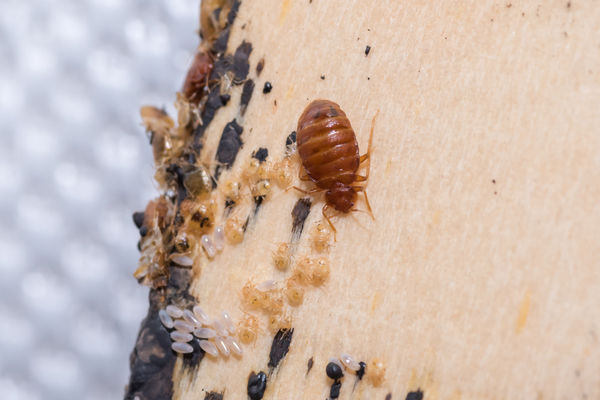
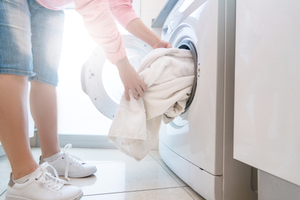
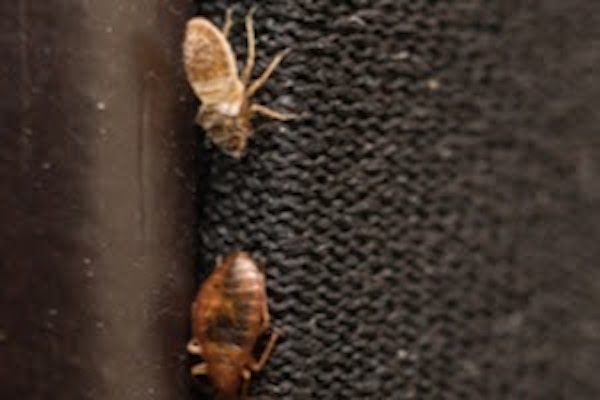
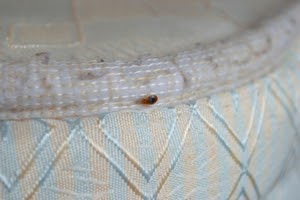
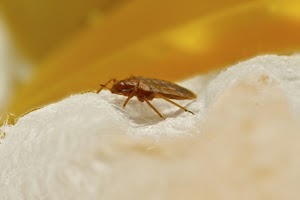
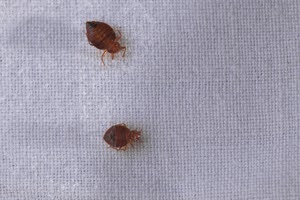
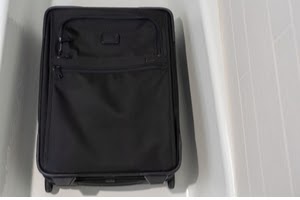

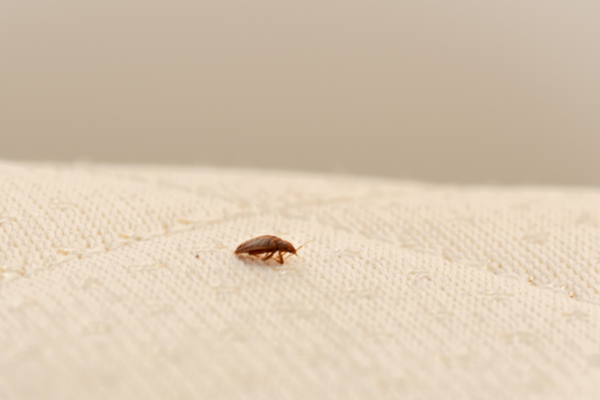
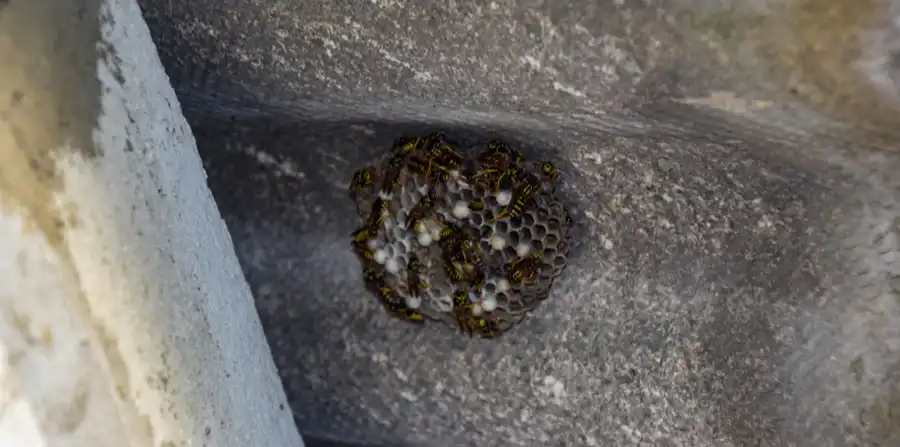
 There’s one, very clear reason why you never want termites: they’re the most destructive wood pest in the US. Termite colonies eat and bore through wood, creating cavities that compromise wood’s structural integrity. Every year, termites cause
There’s one, very clear reason why you never want termites: they’re the most destructive wood pest in the US. Termite colonies eat and bore through wood, creating cavities that compromise wood’s structural integrity. Every year, termites cause  No common neighborhood pest inspires terror quite like the wasp. It’s not difficult to understand why. Virtually everyone has a wasp sting horror story. The insects are notoriously territorial, aggressive, and unafraid to sting. Wasps are at their most frustrating and dangerous when they build nests near homes. When a wasp nest is right outside your door, it’s all-too-easy to seem threatening to its defenders. Wasps are especially
No common neighborhood pest inspires terror quite like the wasp. It’s not difficult to understand why. Virtually everyone has a wasp sting horror story. The insects are notoriously territorial, aggressive, and unafraid to sting. Wasps are at their most frustrating and dangerous when they build nests near homes. When a wasp nest is right outside your door, it’s all-too-easy to seem threatening to its defenders. Wasps are especially 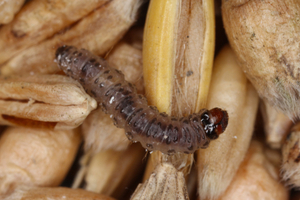 There are several kinds of pest that love to infest pantries. The worst thing about these pests is that, contrary to popular belief, they’re not just eating your food. They’re often
There are several kinds of pest that love to infest pantries. The worst thing about these pests is that, contrary to popular belief, they’re not just eating your food. They’re often  Sure, bed bugs aren’t as damaging or dangerous as any of the other pests on this list. But what if you had to choose one of these four infestations? We’re betting you’d choose any of the aforementioned pests before you subjected yourself to bed bugs. We don’t blame you! Bed bugs are probably the most upsetting common pest infestation in the US. And they are common, too–
Sure, bed bugs aren’t as damaging or dangerous as any of the other pests on this list. But what if you had to choose one of these four infestations? We’re betting you’d choose any of the aforementioned pests before you subjected yourself to bed bugs. We don’t blame you! Bed bugs are probably the most upsetting common pest infestation in the US. And they are common, too–